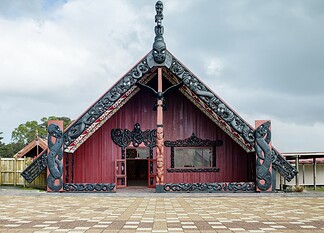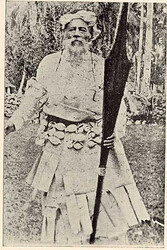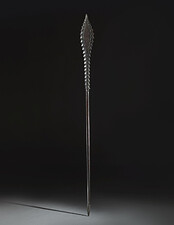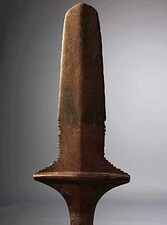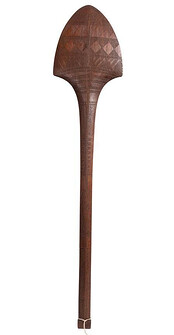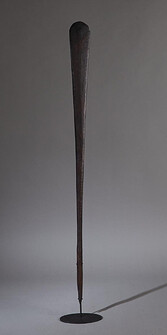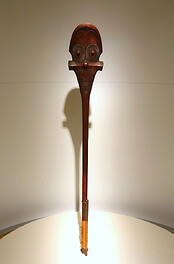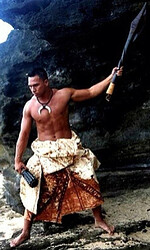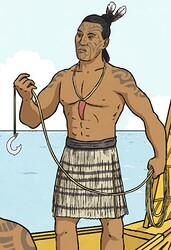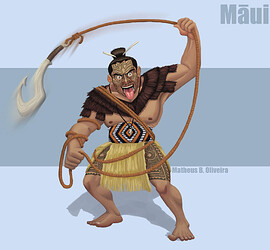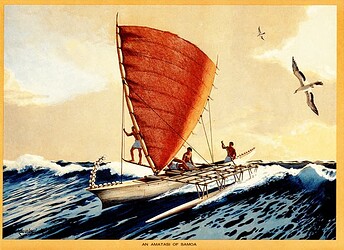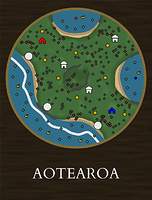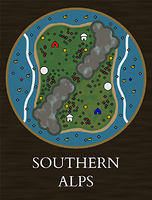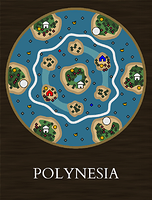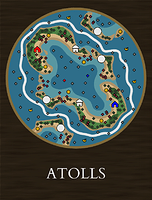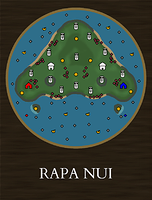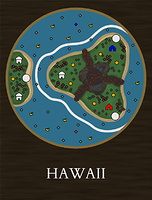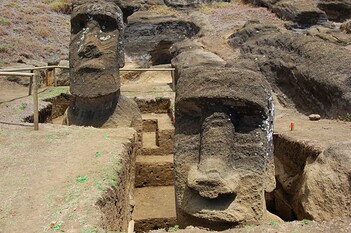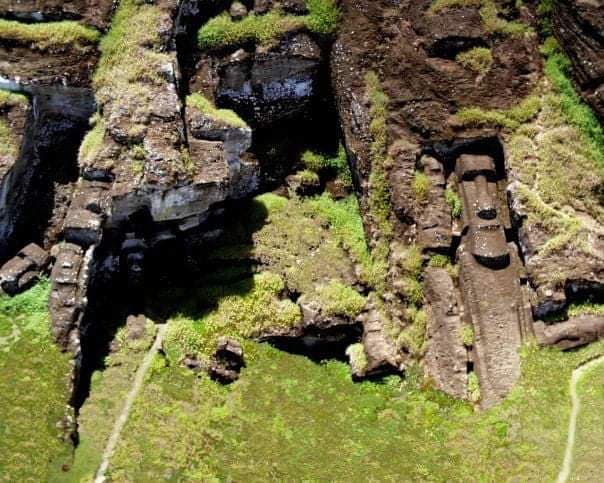To justify the inclusion of any minor faction, they’d need to be present on several maps. When it comes to Polynesian peoples, there are divided across distant islands with no one group that makes sense on more than a couple of maps. However, all the Polynesians descend from a common linguistic, cultural, and religious tradition. For this reason, the model of holy sites used on Asian maps would be a useful way to portray Polynesians. With a minor faction to populate the region, an expansion with Polynesian maps and civilizations like the Maori or Hawaiians would be possible.
Tapu Marae
In most Polynesian cultures, a site that is sacred (tapu) is called a marae. This holy site would be the place to ally with Polynesians who provide units and techs that are common to all of Polynesia.
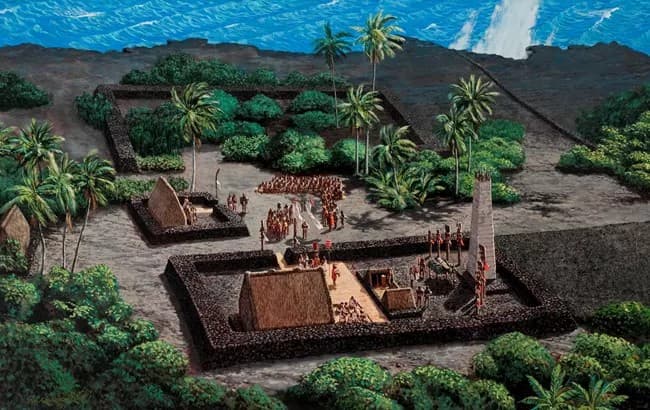
Units
Paddle Clubman
Clubs are the most common weapon across Polynesian cultures, and paddle style clubs are some of the most widespread. This unit could function similarly to the Mapuche Ironwood Clubman.
← Tongan Kinikini Club ← Niue Katoua← Rarotongan Pole Club ← Fijian Culacula
← Samoan Fa’alautalinga ← Maori Pouwhenua
← Marquesan U’u
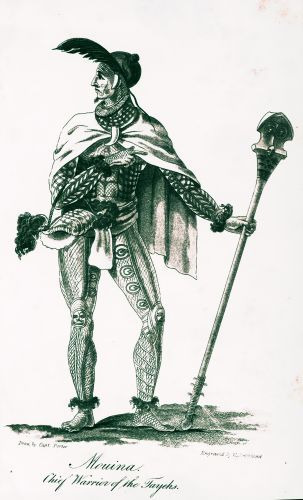
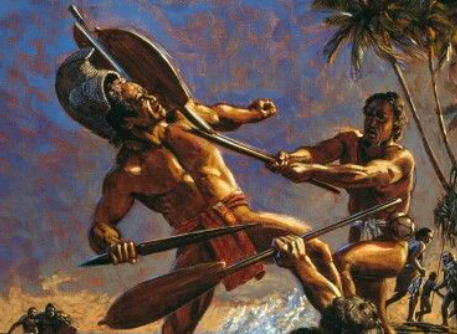

Matau Angler
These units would act as a hybrid military-economic unit equipped with hooks (matau) and a net. They could cast their hooks and net into the sea to gather from fish near shore or weaponize their tools to ensnare their enemies like a Retiarius.
In battle, Matau Anglers should function like a hybrid of Bolas Warriors and Urumi. From range they would cast their hooks to snare enemies from like Bolas Warriors. In melee they would use their nets to inflict AOE ranged damage like Urumi. Since they would also have an economic function, having a purely food cost and moderate to low attack strength would be appropriate.
The Maori are said to have used their hooks and nets to fight in this fashion:
Large wooden hooks (matau-tangata) each having a bone or stone barb were used as weapons. They were employed when it was desired to break up the solid form of an enemy’s war-party. Three or four of the hooks were fastened to a rope and weighted with a stone at the end, then launched as one whirls and casts a fishing-line. Being suddenly jerked back a man or two was probably hooked and drawn out, this serving to break up the opponent’s phalanx. A sharp stone (often flint) was tied to a cord and swung round before striking therewith. This was called korepa.
Sometimes, but rarely the old weapon of the Roman Retiarius was had recourse to by the Maori. The hand-net would be diverted from its use as a fishing apparatus and cast over the head of a foeman, who, enmeshed in its folds, would fall an easy victim to the blows of the short club. On one occasion at least in traditional history the large seine fishing-net was brought into play for a similar purpose
Outrigger Canoe or Vaka Ama
The boats enabled by allying with Polynesians would be Outrigger Canoes. These were the basic watercraft they used to travel the oceans.
Technologies
Polynesian Tattoos - Increases the strength of native warriors. Could also give them the promotion mechanic since they are signs of maturity and honour.
Mana - Passive healing to units (similar to Ethiopia’s Ignatian Spirituality card)
Ocean Wayfinders - Ships are faster, more durable, and have greater LoS
Great Navigator - Ships an Exploration Canoe that respawns at the water shipment point if it is sunk (with a timer like the African heroes).
Maps
Tapu Marae holy sites could appear on the potential Polynesian maps shown below. More Details on these maps can be found here:
